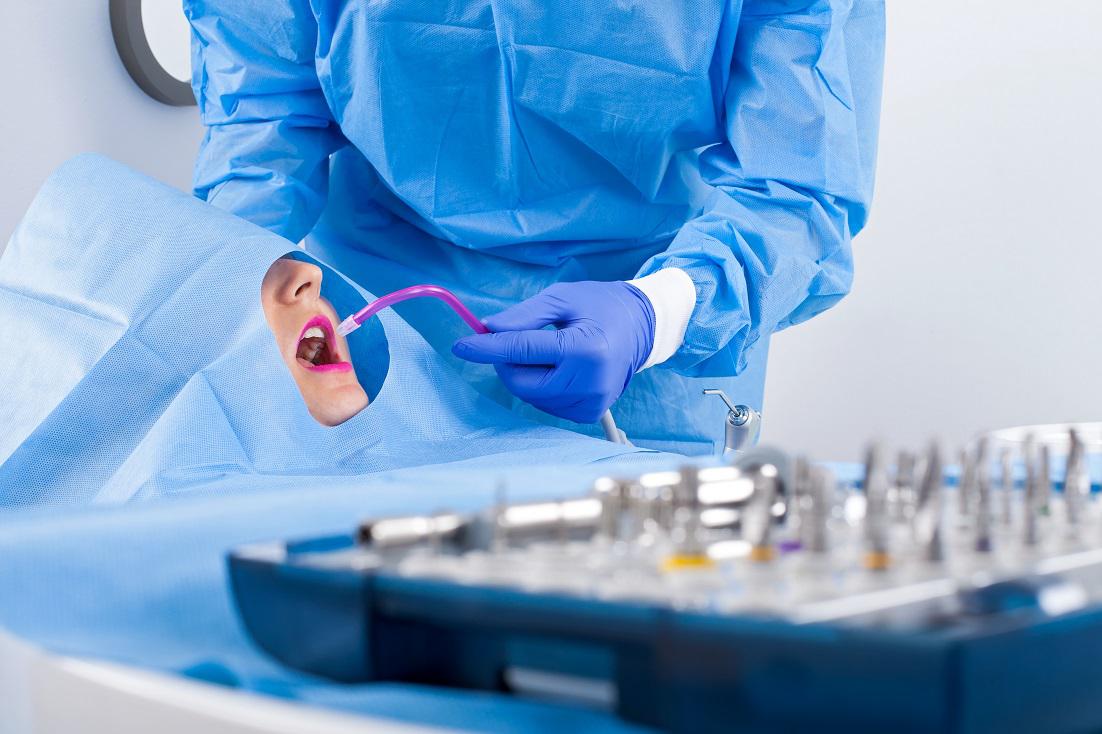In the realm of modern dentistry, technological advancements have paved the way for innovative procedures that go beyond traditional approaches. Dental bone grafting is one modern transformative procedure that addresses various oral health issues related to bone loss and structural integrity.
Check out this comprehensive guide to discover what dental bone grafting entails, how it works, and the diverse scenarios in which it is utilized to restore and enhance oral health.
What is Dental Bone Grafting?
Dental bone grafting is a surgical procedure designed to augment or replace bone that has been lost or has deteriorated in the jaw. This technique involves the transplantation of bone tissue to specific areas where bone density needs improvement. The primary goal is to create a stable foundation for various dental treatments, such as dental implant placement, or to address issues arising from trauma, periodontal disease, or congenital abnormalities.
Scenarios When Dental Bone Grafting is Used
1. Preservation After Tooth Extraction
Following a tooth extraction, it is common for the surrounding bone to undergo resorption. This can compromise the structure and aesthetics of the jaw, making it challenging for future dental procedures. Dental bone grafting is often employed immediately after extraction to preserve the socket and prevent bone loss, ensuring a solid foundation for future dental work.
2. Preparing for Dental Implants
Dental implants are a popular and effective solution for replacing missing teeth. However, successful implantation relies on a healthy and robust jawbone. If the natural bone is insufficient or lacks density due to prior extractions or other reasons, bone grafting becomes essential. This ensures that the implants integrate securely with the jawbone, providing stability and support.
3. Treating Periodontal Disease
Advanced stages of periodontal (gum) disease can lead to the deterioration of the bone that supports the teeth. Bone grafting is often incorporated into a comprehensive treatment plan to rebuild the lost bone structure, stabilize the teeth, and prevent further damage to the periodontal tissues.
4. Correcting Jaw Deformities
Congenital defects, developmental abnormalities, or traumatic injuries can result in jaw deformities that impact both function and aesthetics. Dental bone grafting plays a crucial role in correcting these irregularities, helping reshape and rebuild the jawbone to improve facial symmetry and overall oral health.
The Dental Bone Grafting Process
1. Consultation and Evaluation
The journey of dental bone grafting begins with a comprehensive consultation and evaluation by an experienced dental provider. The dental professional will assess the patient's oral health, review medical history, and determine the extent of bone loss or deficiency.
2. Selection of Graft Material
The next step involves selecting the appropriate graft material based on the patient's needs, the specific dental procedure planned, and individual health considerations. Graft materials may include:
- Autografts: Bone tissue harvested from the patient's own body, often from the hip, tibia, or jaw.
- Allografts: Bone tissue from a donor, processed and sterilized to remove cells that could cause rejection.
- Xenografts: Bone tissue from animals, typically cows or pigs, processed to eliminate potential antigens.
- Synthetic Grafts: Biocompatible materials designed to mimic the structure of natural bone.
3. Graft Placement Procedure
The actual grafting procedure involves making an incision in the gum tissue to access the targeted area. The selected graft material is then carefully placed and secured in position. In some cases, a membrane may be used to protect the graft and facilitate optimal healing. Over time, the graft integrates with the existing bone, promoting the growth of new bone tissue.
4. Healing and Integration
Post-surgery, a critical phase involves the healing and integration of the graft with the surrounding bone. The patient is monitored through follow-up appointments to ensure proper healing. This process may take several months, during which the bone gradually strengthens and matures.
Benefits of Dental Bone Grafting
1. Enhanced Dental Implant Success
For individuals seeking dental implants, dental bone grafting significantly improves the chances of a successful implantation. Adequate bone support ensures the stability and longevity of the implants, providing a reliable solution for missing teeth.
2. Preservation of Facial Structure
Bone loss in the jaw can lead to changes in facial appearance, such as a sunken or aged look. Dental bone grafting helps preserve the natural contours of the face by maintaining bone volume and supporting facial tissues.
3. Improved Periodontal Health
In cases of advanced periodontal disease, dental bone grafting is a crucial component of treatment. It not only stabilizes the teeth but also contributes to the overall health of the gums and surrounding structures.
4. Addressing Aesthetic Concerns
Dental bone grafting can be instrumental in addressing aesthetic concerns related to jaw deformities or facial asymmetry. By rebuilding and reshaping the bone, the procedure contributes to a more harmonious facial appearance.
Learn More From Our Experts
If you are considering dental bone grafting, consult with our qualified dental professionals to determine the most suitable approach for your specific needs. With advancements in materials and techniques, dental bone grafting continues to pave the way for individuals to achieve not only a functional but also a confident and aesthetically pleasing smile. Call our office today to schedule your initial consultation!



